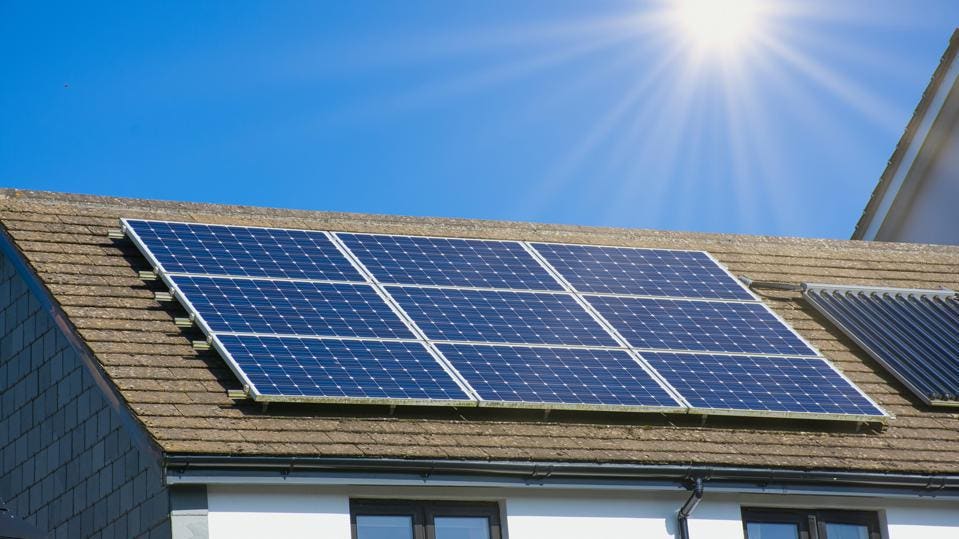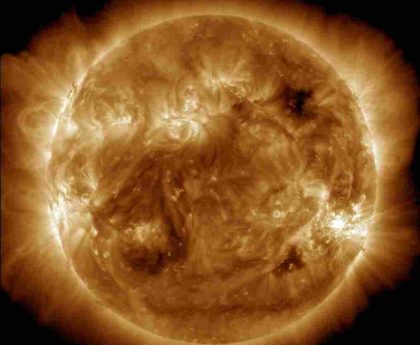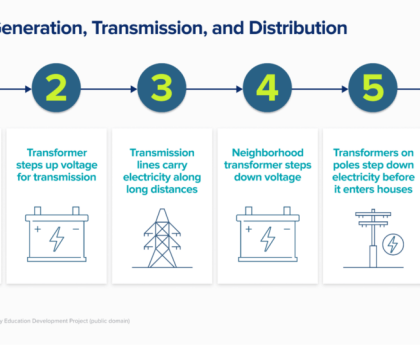Cash
Some homeowners opt to purchase their solar energy systems with cash, forgoing the need for loans or payment plans. While this is a major investment, there are solid benefits to paying for a solar energy system with cash.
Pros
If it’s within your budget, purchasing your solar energy system outright is the best way to maximize the ROI of your solar energy system. You don’t have to pay interest as you would with other options for financing solar panels, plus you can take full advantage of tax credits and other available incentives.
Cons
The main drawback is the significant upfront cost. The average cost of a solar energy system is around $16,000, which many aren’t able to invest all at once. Also, as the owner of the system, you will need to pay for any necessary repairs or replacements that aren’t covered by warranty.
Solar Loans
Solar loans work like any other type of loan—a lender loans you the money upfront, then you make payments for a fixed period until the system is paid off. A variety of solar financing options are available from solar providers and private lenders that are specific to solar energy systems, with the two main types being secured and unsecured loans.
Secured
Secured loans use your home as borrowing collateral. These typically carry lower interest rates than unsecured loans.
Unsecured
In an unsecured loan, the solar system itself is borrowing collateral. A higher credit score is usually necessary to qualify. Solar panel financing rates are higher for this type of loan, as the lender is assuming more risk.
Pros
Getting a loan to finance your solar system makes you the owner of the system, meaning you’ll be eligible to save money via government tax credits and similar incentives.
Cons
Interest rates are the main drawback to getting a solar loan. Also, as with other types of loans, you risk the loss of collateral—whether the home or the system itself—if you’re unable to keep up with payments.
Cash-Out Refinance or HELOC
A cash-out refinance plan or Home Equity Line of Credit (HELOC) borrows against your home equity. Cash-out refinance plans allow you to refinance your mortgage to cover the cost of purchasing and installing your solar energy system. HELOCs give you a line of credit that you can use as needed.
Pros
Both cash-out refinance plans and HELOCS are solar financing options that allow homeowners to obtain their solar energy system without having to invest the full amount upfront. Just like finance plans, the homeowner is considered the owner of the system and able to take advantage of tax credits and other incentives. They also generally have lower interest rates than unsecured loans.
Cons
Defaulting on your HELOC or cash-out refinance plan puts you at risk of losing your home. For HELOCs, variable interest rates make them less predictable than traditional personal loans. For cash-out refinance plans, you’ll need to pay closing costs, which are generally 2% to 6% of the total premium.
Solar Leases or Power Purchase Agreements (PPA)
Just like taking out a lease on a car, leasing a solar energy system involves making monthly payments to the solar company for the use of the solar energy system. This type of plan comes in both traditional leases and power purchase agreements (PPAs). In both structures, the homeowner can take advantage of energy savings on their utility bill, but they do not own the system.
A PPA involves a third-party developer or solar provider installing, owning and maintaining the solar system on the homeowner’s property. The developer then sells the solar power generated to the homeowner, for a rate that is typically less than what they would pay the local utility company.
Pros
Renting allows you to obtain your solar energy system and save on energy costs for little to no money down. It’s also a good option for those who may not be staying in their current residence long-term. Another benefit is the owner of the system will be responsible for handling repairs or replacing faulty parts rather than the homeowner.
Cons
Since monthly payments won’t go towards owning the solar energy system, this significantly cuts into your ROI over time. Renters also aren’t eligible to receive solar energy tax credits and other incentives, as these are only available to those who own or finance their systems.
Plus, leases can run between 15 to 25 years, with early termination fees applying if you need to cancel before they expire. This can complicate the sale of your home, as potential buyers will need to agree to take over the lease.
This post was originally published on 3rd party site mentioned in the title of this site






